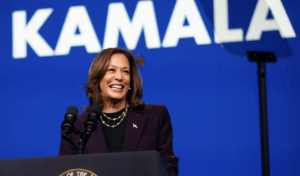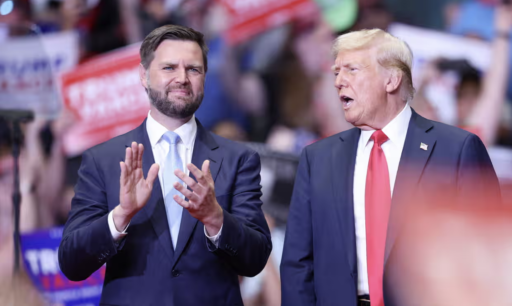Unearthing Historical Gender Bias: Walt Disney’s 1938 Rejection Letter Spurs Dialogue on Workplace Equality

In a digital age where past relics can resurface with profound implications, a 1938 job rejection letter from the desk of Walt Disney has reignited conversations surrounding gender biases in the creative sphere. Addressed to a Miss Ford, the letter is a stark reminder of the limited opportunities available to women in the workforce during that era, particularly in industries known for their male-dominated landscapes.
The rejection letter, now circulating on social media platforms, delineates Disney’s employment policy at the time, explicitly stating that creative roles within the company were reserved exclusively for men. Women, it dictated, could only apply for positions involving menial tasks such as tracing and painting. This discriminatory policy not only reflects the prevailing gender biases of the period but also underscores the systemic obstacles that hindered women’s advancement in creative fields.
Moreover, the application process outlined in the letter further underscores the unequal treatment of female applicants. While women were encouraged to apply in person with samples of their work, opportunities for them were scant compared to their male counterparts. This glaring disparity in access to employment opportunities perpetuated the marginalization of women in creative industries, relegating them to subordinate roles regardless of their talent or qualifications.
The resurfacing of Disney’s rejection letter has sparked a flurry of responses on social media, particularly on platforms like Reddit, where users have dissected its implications with keen scrutiny. Many have criticized the letter’s blatant gender discrimination, noting the absurdity of its circular logic that denies women creative roles based solely on their gender. However, amidst the condemnation, there is also acknowledgment of the progress made since 1938, with contemporary hiring practices emphasizing meritocracy and inclusivity.
Indeed, the resurgence of Disney’s rejection letter serves as a poignant reminder of the strides towards gender equality that have been made over the decades. While historical artifacts like these shed light on the pervasive biases of the past, they also galvanize efforts to create more equitable workplaces today. As discussions surrounding gender equality continue to evolve, it is imperative to confront the legacies of discrimination that still linger and strive for a future where opportunities are truly accessible to all, regardless of gender.
Re-reported from the article originally published in The Indian express









